As fascinating as it may be for geographers and geologists to study, volcanoes could be hazardous and dead scary to a common human. The sight of volcanoes in movies and cinemas comes with so much empathy and love, demanding much attention and view as each eruption takes over the scene. But volcanoes could only be that lovable in movies and never in a real-life scenario. As volcanic eruptions occur, smoke, ash, and lava explode into surrounding towns and cities, causing much damage to humans, plants, and animals. No doubt, those who live in areas prone to volcano eruptions can narrate a better story. However, we thought it wise to bring you some fascinating facts about volcanoes and the most dangerous ones amongst them.
The Most Dangerous Volcanoes on Earth
Volcanoes are flagged as dangerous to living things and the earth generally. But then, some are more dangerous than others. Let’s look at them.
Mount St. Helens, Washington
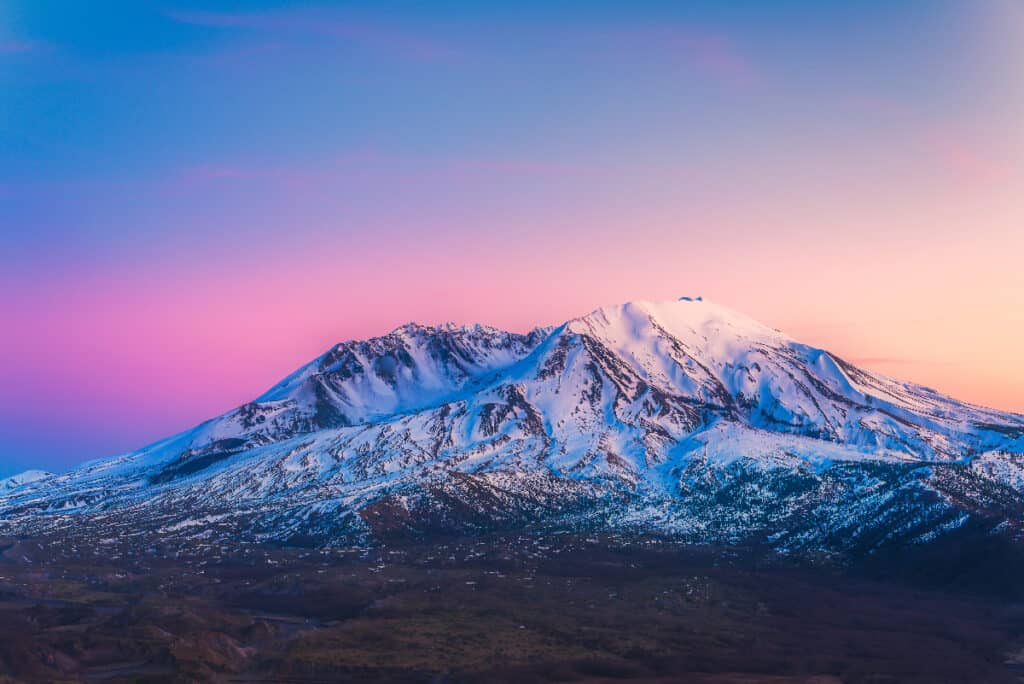
In the 1980 eruption of Mount St. Helens, a series of explosions resulted in earthquakes over several months.
©Checubus/Shutterstock.com
Mount St. Helens witnessed its most recent outburst in 2008 but still holds a table-shaking record for its infamous eruption in 1980. In the 1980 eruption, a series of explosions resulted in earthquakes over several months, and the largest landslide was recorded in this period. The eruption hit several areas, including eleven American states and two Canadian provinces, with resulting ash and debris. Mount St. Helens, to date, is still active, with the top of the volcano filled with a large glacier and a lava dome.
Mount Kilauea, Hawaii
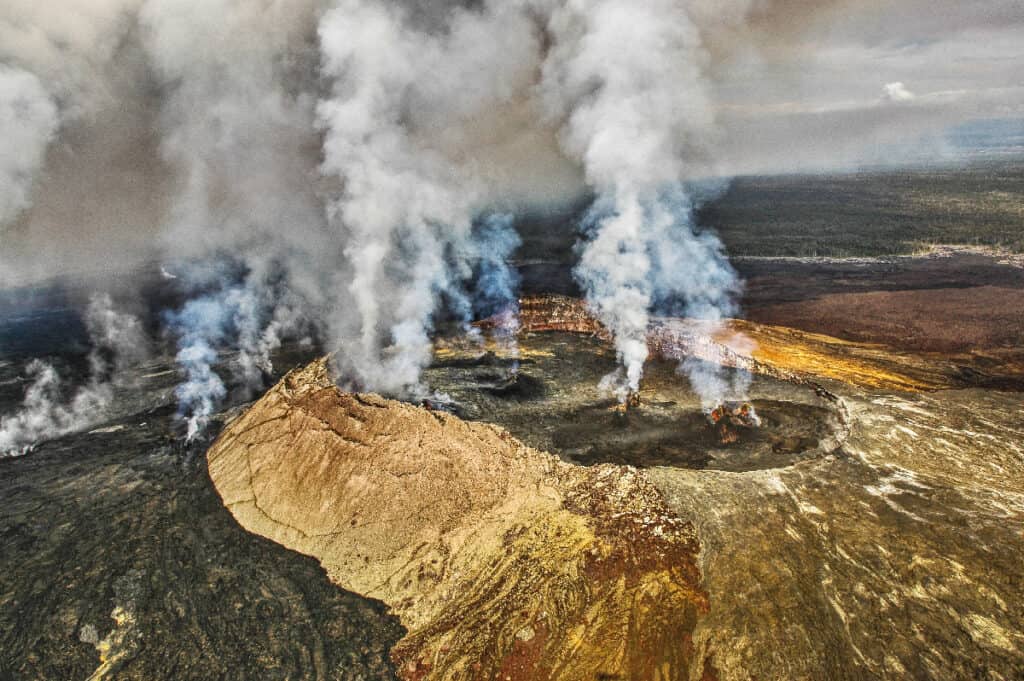
Mount Kilauea is known to be the most active volcanic mass globally.
©iStock.com/Vito Palmisano
Mount Kilauea witnessed frequent eruptions over the years and is known to be the most active volcanic mass globally. Fortunately, the eruptions are nonexplosive eruptions, which generally occur within a boiling lake of active lava occasionally overflowing along the caldera. Mount Kilauea was famous for its eruption in 1955, followed by many violent earthquakes, pouring lava lasting for about 88 days and destroying nearby sugarcane fields. Some time in 1975, a tsunami in the same region was attributively traceable to the volcanic eruption.
Mayon Volcano, The Philippines
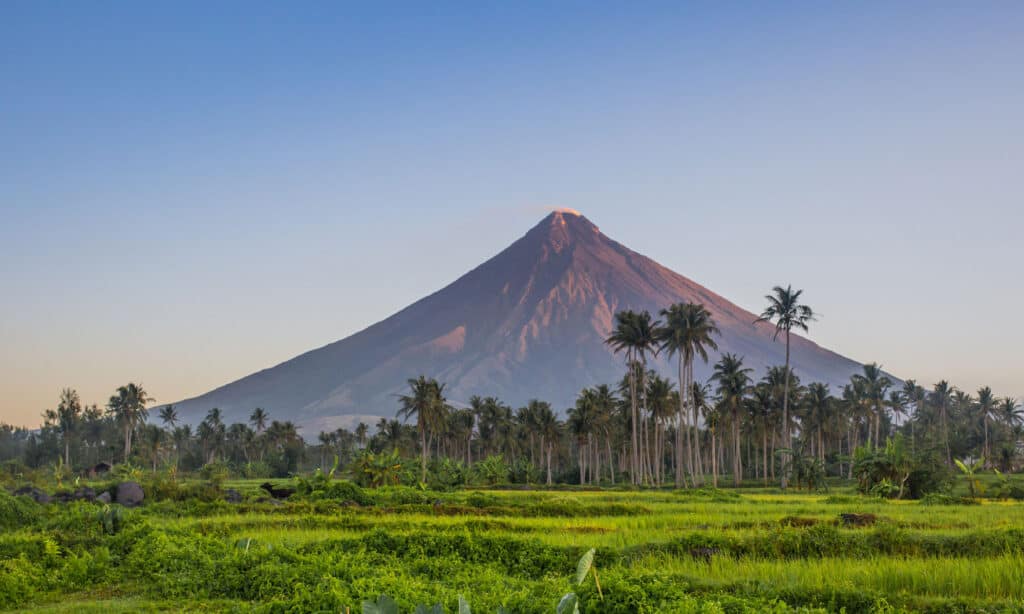
The Mayon Volcano is also known as the world’s most perfect volcanic cone.
©iStock.com/Wassiliy
Popular for its symmetrical shape, the Mayon Volcano is also known as ‘the world’s most perfect volcanic cone.’ Since the 17th century, over 30 eruptions have been recorded in Mayon Volcano, with over 79 deaths in 1993. Unfortunately for the residents in the nearby villages, there has been nothing less than five eruptions since the year 2000, which has led to massive evacuations of thousands of residents. More tragic is the saddening loss of more than a thousand people as a result of Typhoon Durian experienced in 2006, the shape resulting in tragic, destructive floods and mudslides at the mountain foot.
Redoubt Volcano, Alaska
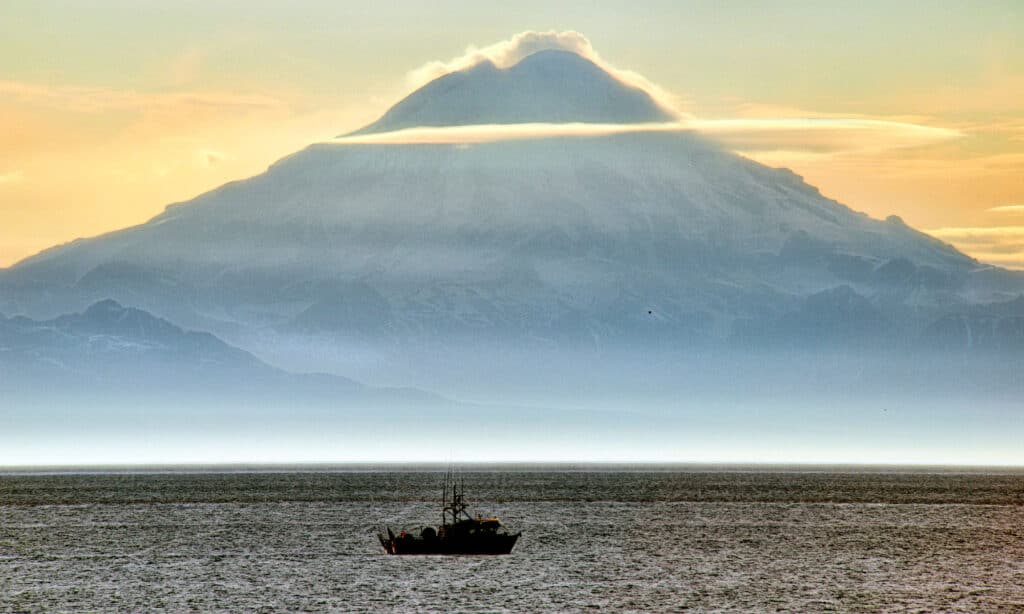
Redoubt is rated as the most dangerous volcano.
©iStock.com/David Arment
There are about 40 active volcanoes in Alaska, with Redoubt rated as the most dangerous and standing at a mammoth 10,000ft above sea level. Unfortunately, one of the most terrific volcanic eruptions recorded in US history was between 1989 and 1990, resulting in a disruption in air traffic.
Mount Pinatubo, The Philippines
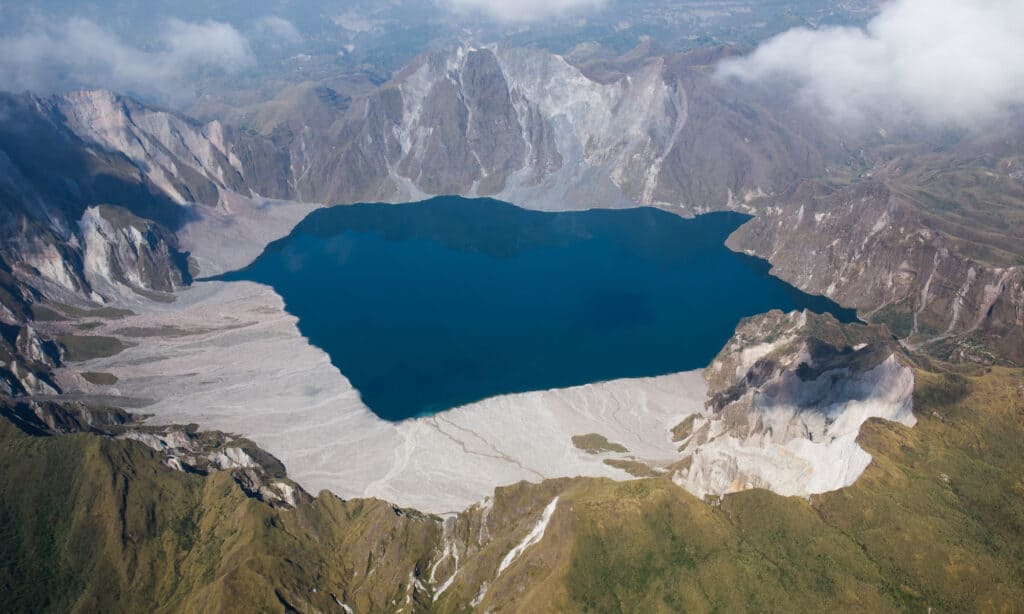
The Mount Pinatubo eruption is the second-largest volcanic eruption in the world.
©iStock.com/NaiveAngel
Also located in the Philippines–Zambales Mountains, Pinatubo became notorious for its eruption in 1991, which remained the second-largest volcanic eruption worldwide. Its effects went far and wide, dropping the global temperature by 0.5 degrees and a layer of sulfuric acid haze. Little was known about the history of Pinatubo before the 1991 volcanic eruption because the surface was heavily eroded and covered in forests.
Mount Fuji, Japan

Despite Mount Fuji’s dormancy, it is still considered active.
©iStock.com/Goryu
Mount Fuji, located about 100km (62 miles) southwest of Tokyo, remains a huge threat-posing mountain for a possible eruption which could be very devastating. It is recognized as one of Japan’s ‘Three Holy Mountains’ but has lain dormant since its last known eruption in 1707. Despite Mount Fuji’s dormancy, scientists still consider it pretty active, fearing that one more eruption could cause a significant amount of damage that economists have suggested could cost around ¥2.5 trillion. Most heartbreaking is that scientific predictions suggest that ash and resulting debris could bring Tokyo to a halt if any sudden event took place at this present time.
Popocatépetl, México
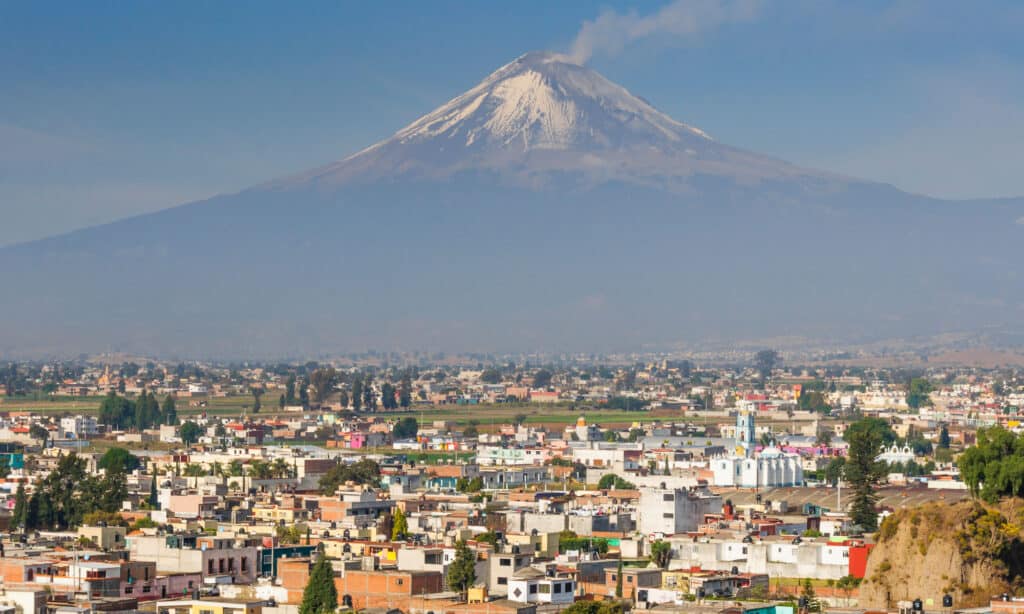
The second most active volcano in Mexico is Popocatépetl.
©iStock.com/AlbertoLoyo
Popocatépetl is a Mexican name meaning “Smoking Mountain.” This volcano, since 2004, has been undergoing a constant eruption. It is the second most active volcano in Mexico; however, it is highly rated for fears and ranks highest in explosive activity and population threat. In October 2019, Popocatépetl experienced 215 explosions in an overnight eruption, which resulted in ash, smoke, and gas.
Can Volcanoes Destroy The Entire World?
According to scientific research, only a handful of volcanoes pose a real threat to the whole world in general. Among these is the Yellowstone supervolcano, located in Wyoming, the west mountain subregion of the western United States. Meteorologists revealed that if an eruption were to occur, the aerosols released could spread globally, and ultra-catastrophes could result in global devastation and even human extinction.
Over the short period, as the sunlight gets blocked by the toxic and already contaminated cloud, a plunge could arise in the global average temperatures without normalizing for several years. As a result, there would be a sharp decline in rainfall, causing death in plants and a die-off of tropical rainforests. Farmers would not be excluded from the brunt of the eruption, and this would sadly take a toll on the world’s agricultural economy.
How to Determine the Most Dangerous Volcanoes
To determine which volcanoes pose the most threats globally, several factors like volcanoes eruption history, population density surrounding active volcanoes, and the types of magma that emerge during eruptions must be fully considered. For instance, if an explosive volcanic eruption happens in a remote area, that wouldn’t be classified as dangerous as an eruption in a more populated region requiring mass evacuations. Furthermore, volcanoes with too long an eruption time tend to pose a higher risk threat because of the pressure mounted over time inside them.
Thank you for reading! Have some feedback for us? Contact the AZ Animals editorial team.








